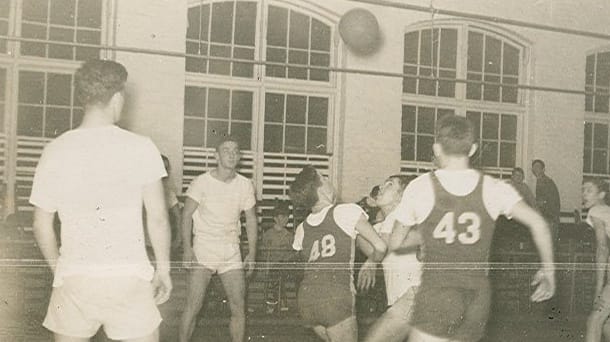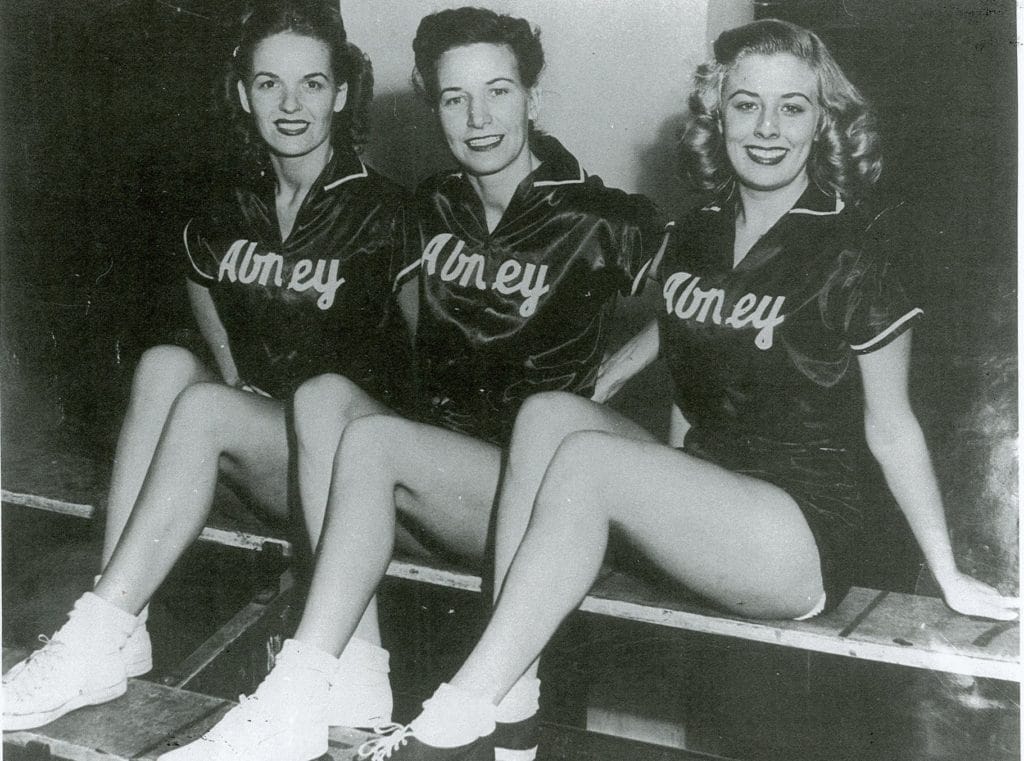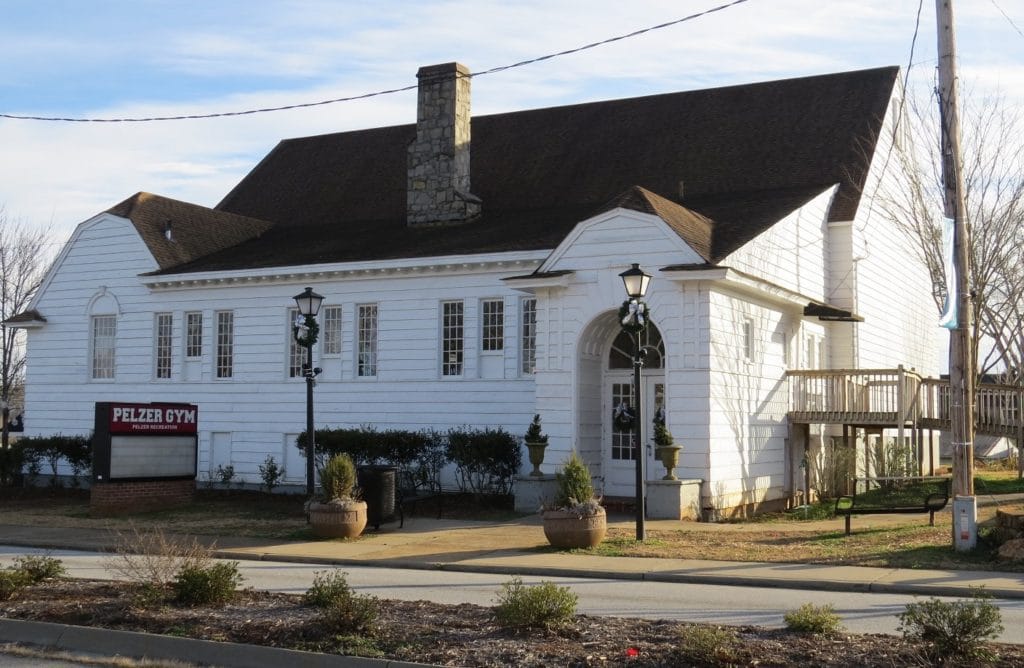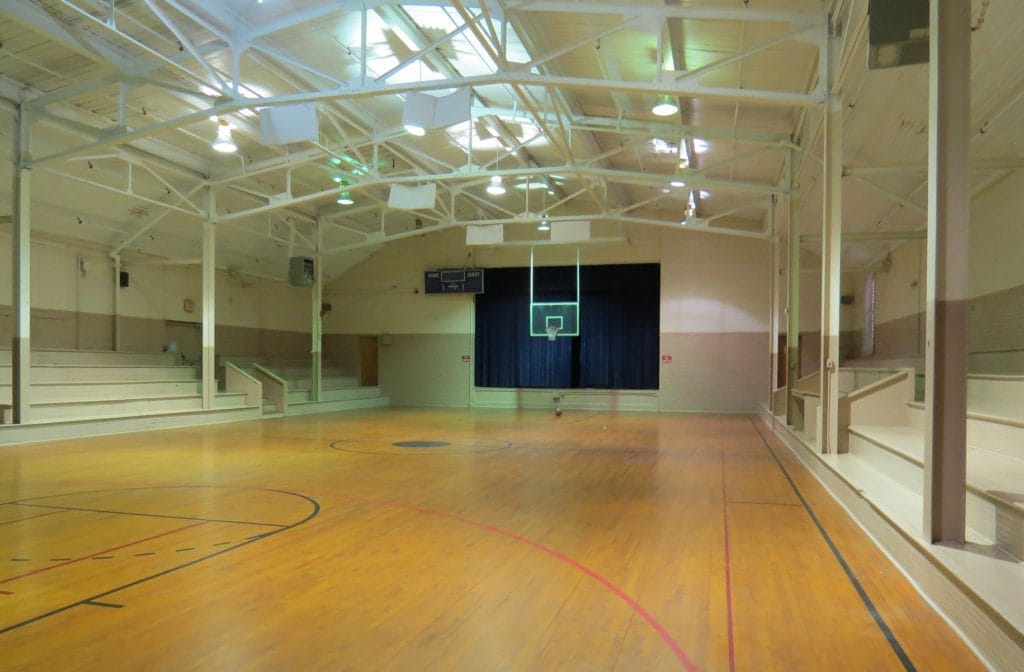Many social enjoyments have fallen by the wayside over the last year as unprecedented challenges have forced alterations in every American life. One thing we refused to give up: sports.
Several collegiate and professional leagues have managed to carry out their seasons using a variety of protocols to protect players. With a new basketball season ramping up, hopes are building for March Madness and a return to the excitement that was missed in 2020.
Basketball’s popularity in the United States increased steadily after its conception in the 1890s. An advantage to the winter sport was that it could be played indoors and out of the harsher weather of the season.
Colleges organized some of the earliest teams and the National Basketball League, the game’s first professional league, developed in 1898. The early twentieth century would see America fall in love with the sport, and notably for Anderson County, it was adopted with fervor by textile athletics.
The vitality of textile mills in forming Anderson County’s 20th century identity can hardly be overstated. By 1910, at least 15 mills employed tens of thousands of people, and accounted for a near doubling of the county population over twenty years (43,000 in 1890 to just over 70,000 in 1910).
Relationships within and among mill villages manifested through sports, with textile rivalry games becoming regional attractions. Traveling to some of these early away games took more time and devotion than we may expect today. For instance, the Pelzer Mill teams could expect a six to eight hour ride with healthy carriage horses to arrive for a game at Orr Mill in Anderson. Automobiles alleviated some travel woes in subsequent decades and allowed for more and more to attend in the stands.
The athletes, just like in the modern day, became iconic in the eyes of their fans. Anderson County is rife with examples of renowned textile league athletes, but by far the most discussed was Earl Wooten.
 In a 2005 interview, James Willard Bishop of Piedmont, SC remembered, “We played Pelzer in basketball because we were a neighboring town. Earl Wooten was dribbling behind his back and through his legs before professional players ever thought about it… He wound up playing basketball at Pelzer as athletic director for the mills. He was good. They were playing some team from down in the lower part of the state and we were sitting in stands. The people sitting behind us were from the team Pelzer was playing. Wooten stole the ball, took off up the court and, just after he passed the center of the court, he jumped up in the air and swoosh right through the hoop. The woman sitting behind me said, ‘That little boy is lucky isn’t he?’ I said, ‘That little boy will beat you before it is over.’ And he did.” (Otter, Anderson County Twentieth Century Memories & Reflections: Book II, p. 111-112)
In a 2005 interview, James Willard Bishop of Piedmont, SC remembered, “We played Pelzer in basketball because we were a neighboring town. Earl Wooten was dribbling behind his back and through his legs before professional players ever thought about it… He wound up playing basketball at Pelzer as athletic director for the mills. He was good. They were playing some team from down in the lower part of the state and we were sitting in stands. The people sitting behind us were from the team Pelzer was playing. Wooten stole the ball, took off up the court and, just after he passed the center of the court, he jumped up in the air and swoosh right through the hoop. The woman sitting behind me said, ‘That little boy is lucky isn’t he?’ I said, ‘That little boy will beat you before it is over.’ And he did.” (Otter, Anderson County Twentieth Century Memories & Reflections: Book II, p. 111-112)
Professional caliber athletes like Earl Wooten were regularly hired by mills to play and also to act as coaches or athletic directors. This meant that local mill teams boasted talent that rivaled the pros, and crossover between the two occurred fairly often.
A great basketball player may be hired onto the mill’s payroll, given a minimally demanding job, and essentially be paid to play the game. Bonuses would be given for those who won major rivalry games and especially for championships.
A drive around the county today offers the chance to see what remains of these mills and the games once enjoyed. Piedmont and Pelzer both still utilize their old mill gymnasiums for various community purposes. Other locations such as Orr Mill in Anderson have seen almost all the mill buildings removed. In some cases the stacks still stand as a reminder of the once booming industry but even these are becoming fewer. The last smoke stack of Jackson Mill in Iva was demolished one year ago this month, representing the end of an era but also new opportunities for the town.
For more information on our area mills, life in the mill villages, and textile sports, visit our Turbines and Textiles exhibit at the Anderson County Museum (open Tuesdays 10AM to 7PM and Wednesday through Saturday 10 AM to 4PM).
Visitors are also encouraged to take advantage of our Roper Research Room (open Tuesdays from 1 PM to 7 PM) to delve deeper into our area history and navigate our photo and archival collections with the help of a volunteer.
Header photo: A basketball game at the Orr Lyons mill gym, early 1960s. Courtesy of the Anderson County Museum Collection.
About the Author

Curator of the Anderson County Museum since the summer of 2015, Dustin Norris holds a Master of Arts in History. His academic interest has always centered on Southern and Appalachian history, especially as it is represented in popular culture. His work at the museum allows Dustin to bring stories of Anderson County’s past to the residents of the present in an effort to preserve history, engage the community, and promote a culture of learning. In his time away from work, Dustin enjoys playing bluegrass and old time music or spending time outdoors.









